Retro Replay Review
Gameplay
American McGee presents Scrapland delivers a unique blend of free-form exploration and structured, puzzle-infused combat scenarios. As D-Tritus, the player jumps seamlessly from cruising through scrapyard skies to delving deep into tightly wound indoor levels filled with obstacles. The contrast between the broad outdoor spaces and the focused interior missions ensures that gameplay never feels monotonous.
(HEY YOU!! We hope you enjoy! We try not to run ads. So basically, this is a very expensive hobby running this site. Please consider joining us for updates, forums, and more. Network w/ us to make some cash or friends while retro gaming, and you can win some free retro games for posting. Okay, carry on 👍)
A standout feature is D-Tritus’s ability to change form into any one of 14 specialized robots. Each chassis comes with distinct strengths and abilities—some are tiny and nimble for squeezing into vents, others are hulking brutes built for brawling. The puzzles cleverly leverage these forms, requiring quick thinking about which robot best suits the situation and timely transformations to advance.
Combat in Scrapland is accessible and fast-paced, allowing players to concentrate on positioning and strategy rather than twitch-precision aim. Enemies can detect specialized disguises, prompting you to switch to a combat-ready frame on the fly. The seamless transition between reconnaissance and battle keeps the momentum flowing, and the automatic targeting system helps maintain a steady, engaging pace.
The spaceship segments add another layer of gameplay variety. Players can pilot up to nine different ships, each engineered for combat, speed, or agility. Upgrades are unlocked through story progression and optional side missions, offering meaningful choices: do you enhance your heavy fighter to dominate dogfights, or boost your racer to beat time-trial challenges?
Optional missions and collectibles pepper both outdoor and indoor areas, rewarding exploration but never overwhelming the main narrative thread. Whether you’re seeking shortcuts through small crawlspaces or hunting for hidden upgrade parts floating in space, Scrapland’s gameplay loop consistently feels rewarding and fresh.
Graphics
Scrapland’s visual style is an exuberant celebration of retro-futurism, where rusted metal plates and neon accents define every surface. The city of Chimera gleams with reflective glass towers and sprawling scaffolds, while the surrounding scrapyards brim with derelict machinery repurposed into ramshackle dwellings. This cohesive aesthetic lends the game a strong identity that still holds up years after its release.
Robot character models display an impressive range of detail, from the smooth, childlike proportions of D-Tritus to the angular, menacing forms of larger combat units. Animations feel fluid, with each form sprinting, leaping, and strafing in ways that underscore their mechanical personalities. Transition effects when changing forms are snappy and polished, reinforcing the idea of a living, functional robot society.
Outdoor vistas boast expansive draw distances, letting you chart a course toward distant objectives or spot hidden detritus floating in space. Indoor environments shine with intricate lighting effects—soft glows emanate from power conduits, and harsh shadows slash across corridor walls, enhancing the sense of verticality and depth.
The user interface complements the visuals with clear, minimalist overlays. Health bars, form icons, and ship status indicators appear only when needed, minimizing on-screen clutter. Even on mid-range hardware, Scrapland maintains stable frame rates, making it both a beautiful and smooth experience for players without cutting-edge rigs.
Story
At its core, Scrapland tells the tale of D-Tritus, a self-constructed robot arriving in Chimera to pursue a career in journalism. What begins as a straightforward reporting gig quickly morphs into an investigation of strange phenomena, corrupt officials, and hidden conspiracies lurking beneath the city’s gleaming surface. The narrative pacing keeps you invested, with revelations timed to coincide with each new environmental shift.
Dialogue and cutscenes are sprinkled with witty banter and occasional bursts of philosophical inquiry into the nature of free will and artificial life. While the overarching plot follows a familiar investigative arc, the colorful cast of robot citizens—ranging from eccentric inventors to shady underworld figures—adds a layer of charm and unpredictability to each encounter.
Scrapland’s storytelling excels at world-building through environmental cues. Graffiti-covered walls, abandoned factory wings, and archaic museum exhibits all hint at the planet’s storied past and the robots’ cultural evolution. These details invite players to piece together the history of Scrapland themselves, elevating the narrative beyond simple dialogue sequences.
Side quests often tie back into the main story, revealing character backstories or uncovering secrets that flesh out the world’s lore. Though optional, these tangents enrich the player’s understanding of societal tensions and the forces at play in Chimera, making the ultimate revelations more impactful.
Overall Experience
American McGee presents Scrapland is a refreshingly original action-adventure that balances exploration, puzzle-solving, and combat with a distinctive setting and memorable robot characters. Its varied gameplay ensures that every hour feels different, whether you’re dogfighting through asteroid fields or sneaking through ventilation shafts in disguise.
The game’s visual design and soundtrack work in concert to create a cohesive, immersive universe. The bright, metallic hues of Scrapland contrast with its equally colorful mechanical denizens, crafting an environment that’s as alive as any organic world. Meanwhile, the adaptive soundtrack shifts seamlessly between upbeat exploration tunes and tense tracks during key story moments.
Though a few segments lean heavily on fetch-quest mechanics, the majority of missions are woven tightly into the narrative fabric. Even the outdoor “fly-and-find” sections serve to break up the indoor intensity, preventing fatigue and giving players room to experiment with ship upgrades and racing challenges.
Ultimately, Scrapland stands out as a cult classic—a game that may fly under the radar for many but offers a deeply satisfying experience for those willing to dive into its scrapyard depths. For players seeking a blend of lighthearted humor, thought-provoking themes, and diverse gameplay, this robotic odyssey remains a worthwhile journey.
 Retro Replay Retro Replay gaming reviews, news, emulation, geek stuff and more!
Retro Replay Retro Replay gaming reviews, news, emulation, geek stuff and more!
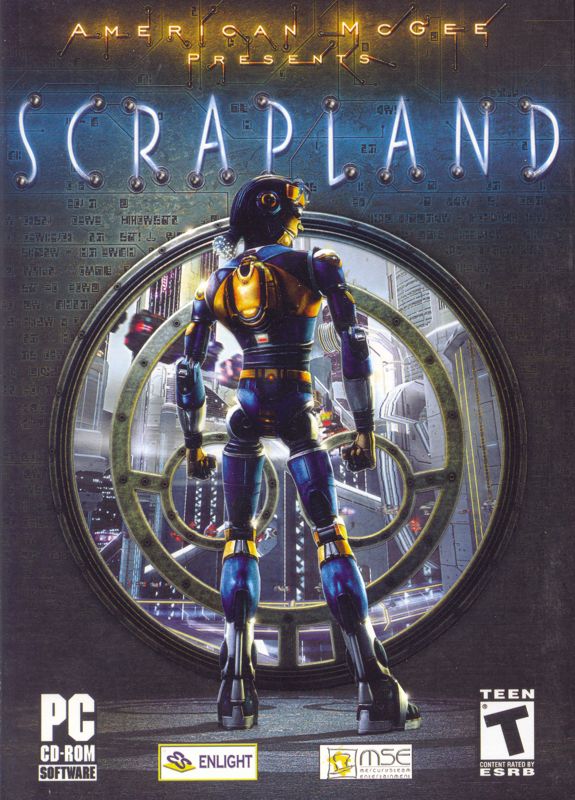
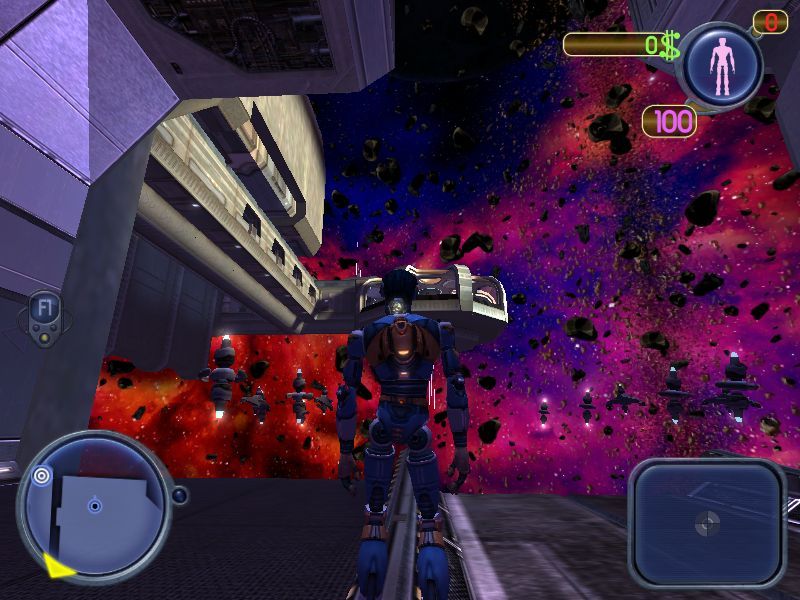
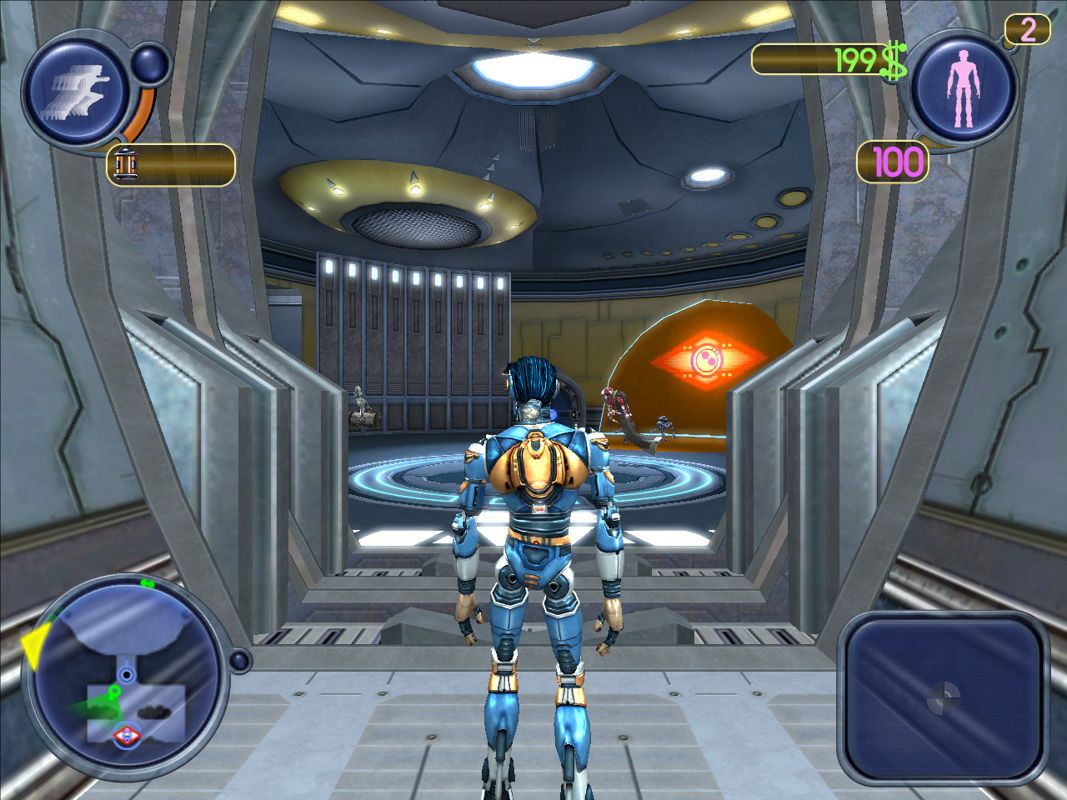
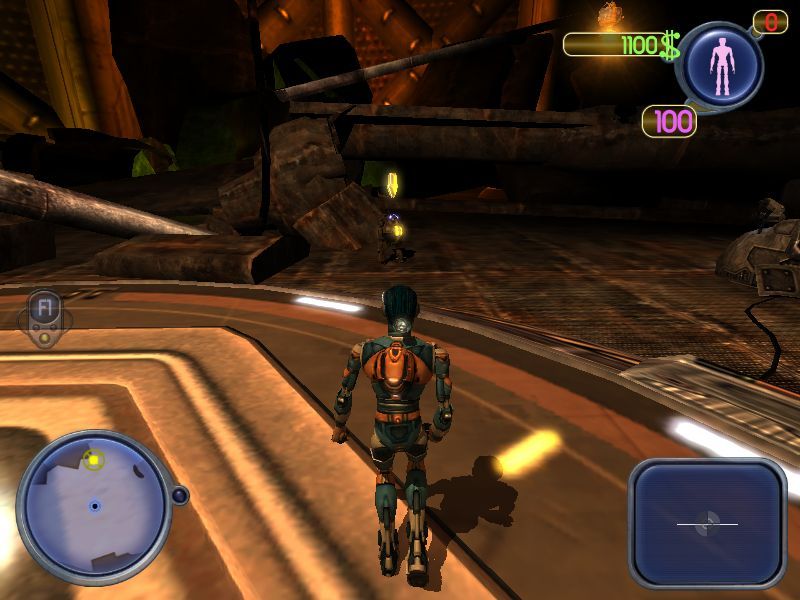
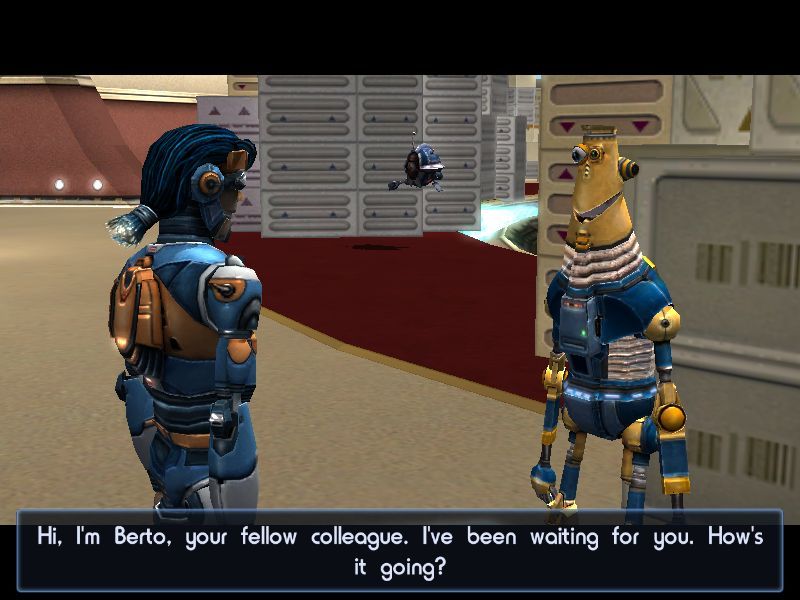
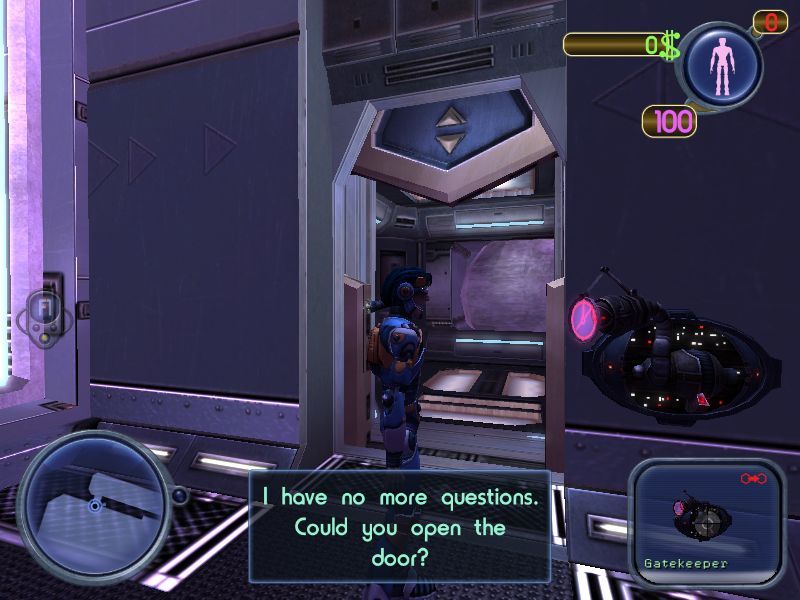



Reviews
There are no reviews yet.